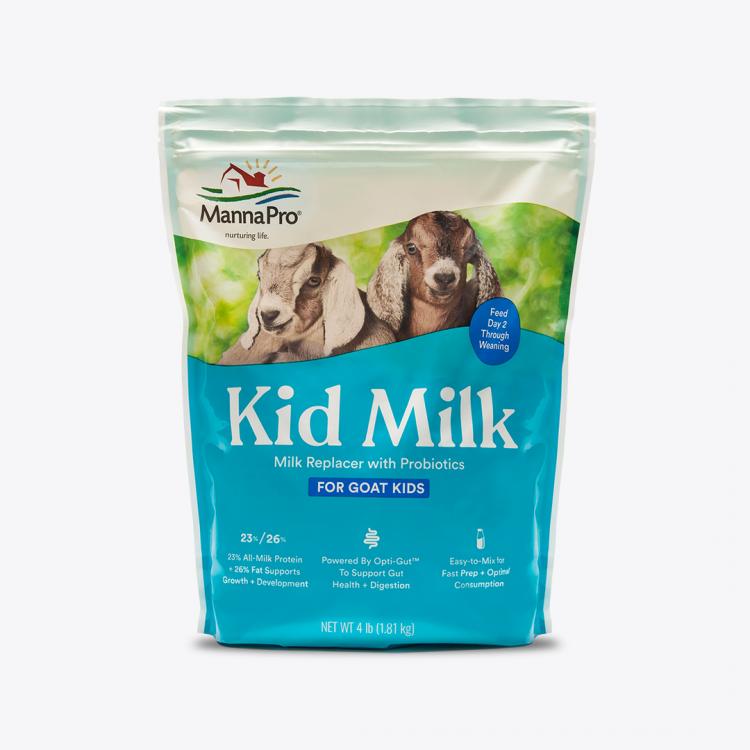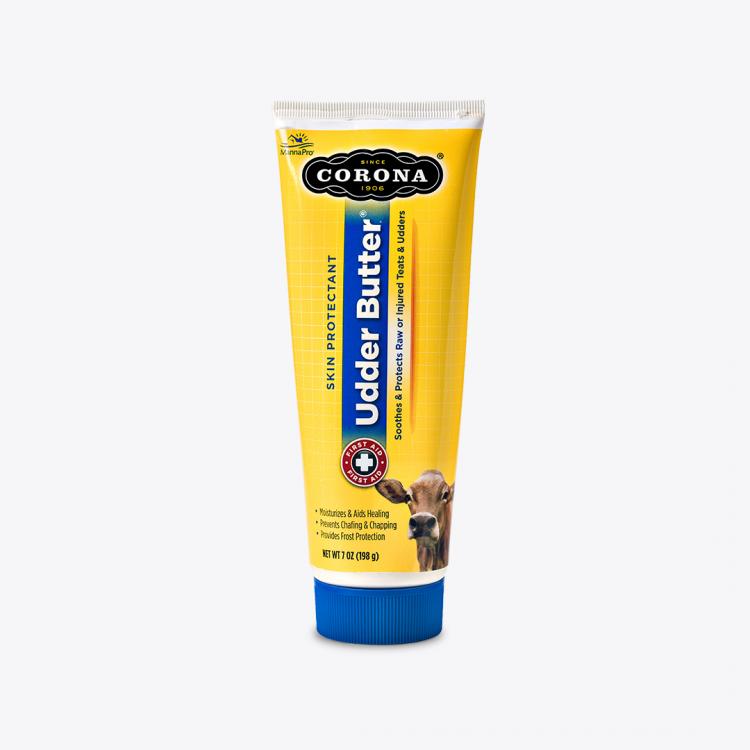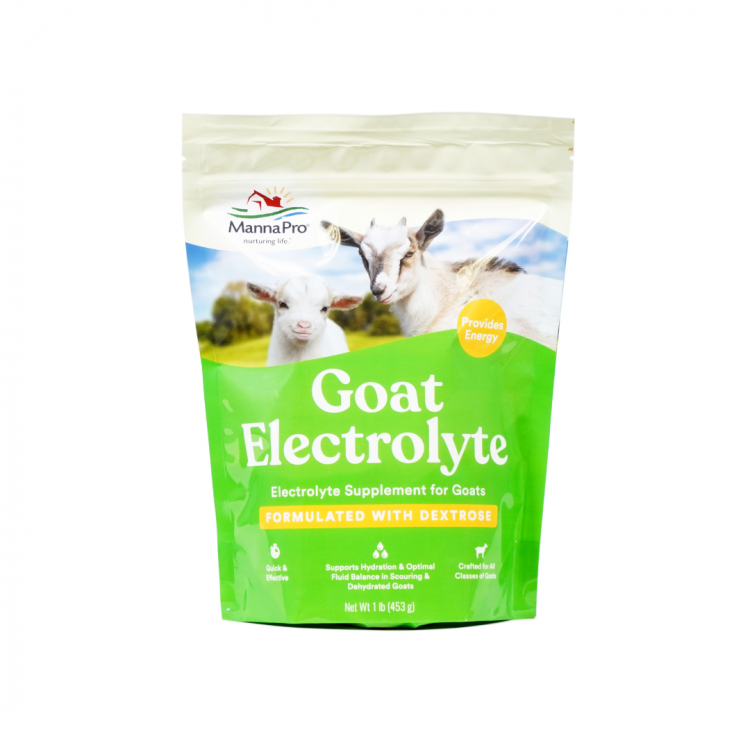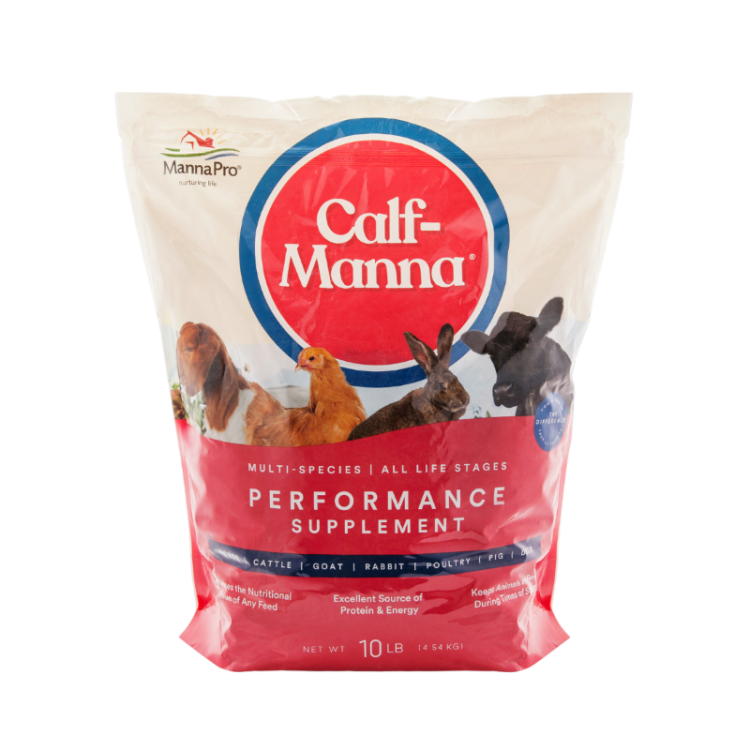Posted by Jennifer Sartell, Professional Homesteader & Blogger, Mon, Jun 22, 2015
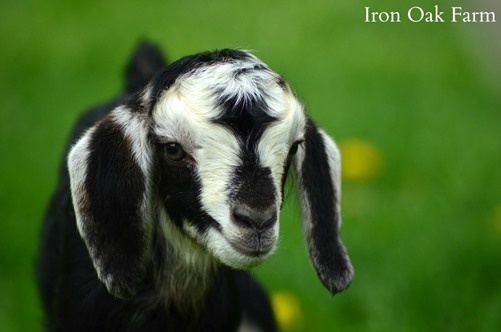
Raising goat kids is fresh in my mind these days. Our doe, Eleanor, just blessed us with a beautiful buckling which we named Huckleberry. There’s little around the farm that brings us more joy than watching a goat kid hop around the pasture, learn to coordinate its legs and climb on everything it can wobble over to, including us!
There’s very little that needs to be done during the first few hours of life besides taking a few precautionary measures. We tie the umbilical cord with dental floss and dip it in iodine. Then, we provide a probiotic supplement meant for goat kids. It helps develop the rumen, appetite and immune system. Our soil is also very low in selenium, so we provide a selenium supplement. Manna Pro® Goat Mineral is a comprehensive mineral and vitamin supplement formulated with selenium. It’s a terrific choice when it comes to nurturing your kids.
Also, if the weather is still cold, we help mom out and towel dry the kids a bit after they’ve had a chance to bond. An outside heat source or small dog sweaters can also provide extra warmth.
Nursing
If you have a good doe and a strong kid/kids, let them work out the nursing dance on their own for a while. If, within the first hour, you still haven’t seen a successful latch, perhaps help the pair out by lining the kid up with the udder. Sometimes kids can be clueless, pouncing around everywhere under their mothers looking for the elusive teat; once they latch, it clicks and you shouldn’t have to help further.

It’s important for the kid to ingest colostrum within the first hour or two of being born. If, for some reason, colostrum from the mother is not available, Manna Pro offers Kid Colostrum, a colostrum supplement formulated specifically for goats.
Kid Diet
A kid will do fine for the first month or so solely on their mother’s milk, which makes the mother’s diet very important. A healthy doe will raise a healthy kid. Make sure she is getting enough grain, protein, quality grass hay, minerals and clean water. A doe burns a lot of calories when nursing and in milk, so her ration should be increased gradually. A terrific supplement option for both doe and kid is Calf-Manna®. Calf-Manna is high in protein and energy, which helps to increase the doe’s milk production. It’s also an ideal feed for kids because it supports sound growth and development.
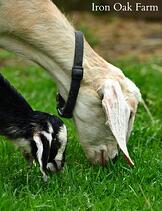
After about a month, or maybe even before, the kid will start to explore the food their mother is eating. They might mouth bits of grass and chew on hay, as play or to mimic what mom is doing. Soon they will learn that this, too, is a food source. Have hay, water and minerals available at “kid” height in the pen so this exploration can take place.
Udder Care
Often, if your doe has twins it will be a natural arrangement for each twin to take a teat and nurse evenly. In the case of triplets or more, there should be no chance for an engorged teat as the multiple kids will drain her of everything she can produce. But in the case of our Angora goats, they often give birth to just one kid. In Eleanor’s case, we had to make sure that Huck nursed evenly. He was a lazy nurser when he was first born and preferred her left teat, draining that one and leaving the right to fill and fill.
The larger Eleanor’s teat became, the less he liked it. I had to milk her right side out several times to make her comfortable. After her teat had shrunk in circumference, I showed Huck that milk would come from this one, too. Often, he would smell the freshly milked teat and find it on his own. I had to do this only a few times before he began to nurse evenly. As he gained strength, he could easily find both teats as mom carried out her business of grazing for the day.
Yellow Poo?
People who have been around adult goats may have noticed that a goat’s normal droppings are like small, brown, oval marbles. But when a goat is first born, they will have bright yellow mustard–colored poop. Don’t be alarmed, as this is completely normal. After a few days it will turn to a sort of thick dark/black paste. As the rumen develops, this will turn into a smaller version of the more familiar goat pellets.
Bottle-Raising
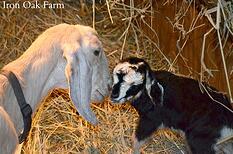
There are many different reasons to bottle-raise. Our personal goal on our farm is to let the kids stay with their mother as much as possible during the first two months, letting mom take care of things. It’s a natural, healthy system for the kid and their mother and it’s much easier on us as caregivers to our kids. Eleanor is a wonderful mama and it’s been a very easy spring; she takes care of everything. I would rather wait for milk until after Huck has been weaned than have to bottle-feed him every 3–4 hours.
While bottle-raising is adorable and you create a very special bond with the goat kid, it is very time-consuming and ties you to a feeding schedule for at least two months.
Reasons to Bottle-Raise
- Sometimes people choose to bottle-raise so that the goat milk is available for human use earlier on
- The doe rejects the kid
- Not enough milk production
- The kid is weak and unable to stand and feed on their own
Whatever the reason, if you find yourself needing to feed a kid a bottle, there are a few things to know.
Kids normally do not make the transition from their mother’s teat to a plastic nipple very easily. They have thousands of years of instinct telling them that food comes from mom, not a bottle.
Even a hungry kid won’t understand what you’re trying to accomplish at first.
Use a clean rubber nipple and plastic bottle. We use recycled water bottles that easily collapse as the goat kid sucks.
Follow the instructions on the back of your milk replacement regarding feeding amounts, temperatures and feeding frequency. We also use the kid’s sides as an indicator as to whether they are getting enough. You want their little bellies to be just slightly rounded past their ribs. If their sides are sunken in, they’re not getting enough. But you don’t want them puffed up like a balloon.
To feed, hold the kid under your arm so that their head is up. Kids need to be in a “nursing position” for the milk to be digested properly. Gently pry the kid’s mouth open and insert the rubber nipple. Chances are the goat will spit the nipple out, shake their head and put up a fuss. Keep at it. Most of the time success happens when the kid accidentally ingests some milk while trying to squirm and it suddenly “clicks.” Sometimes scratching the kid’s bottom will encourage them to pounce and look for a “teat”/rubber nipple. This is what Mother Goat would do to her baby if she were encouraging them to nurse. Never squeeze the milk into the baby’s mouth. This can cause the kid to choke or the milk to drain into the lungs.
Once a baby goat understands that the milk comes from you, there’s little they won’t do to try and get that bottle. You’ll understand the term “greedy goat.” They’ll also consider you to be their mother. While bottle-feeding is tedious at times, I wouldn’t trade the memories I’ve made with our bottle-raised kids for the world.
